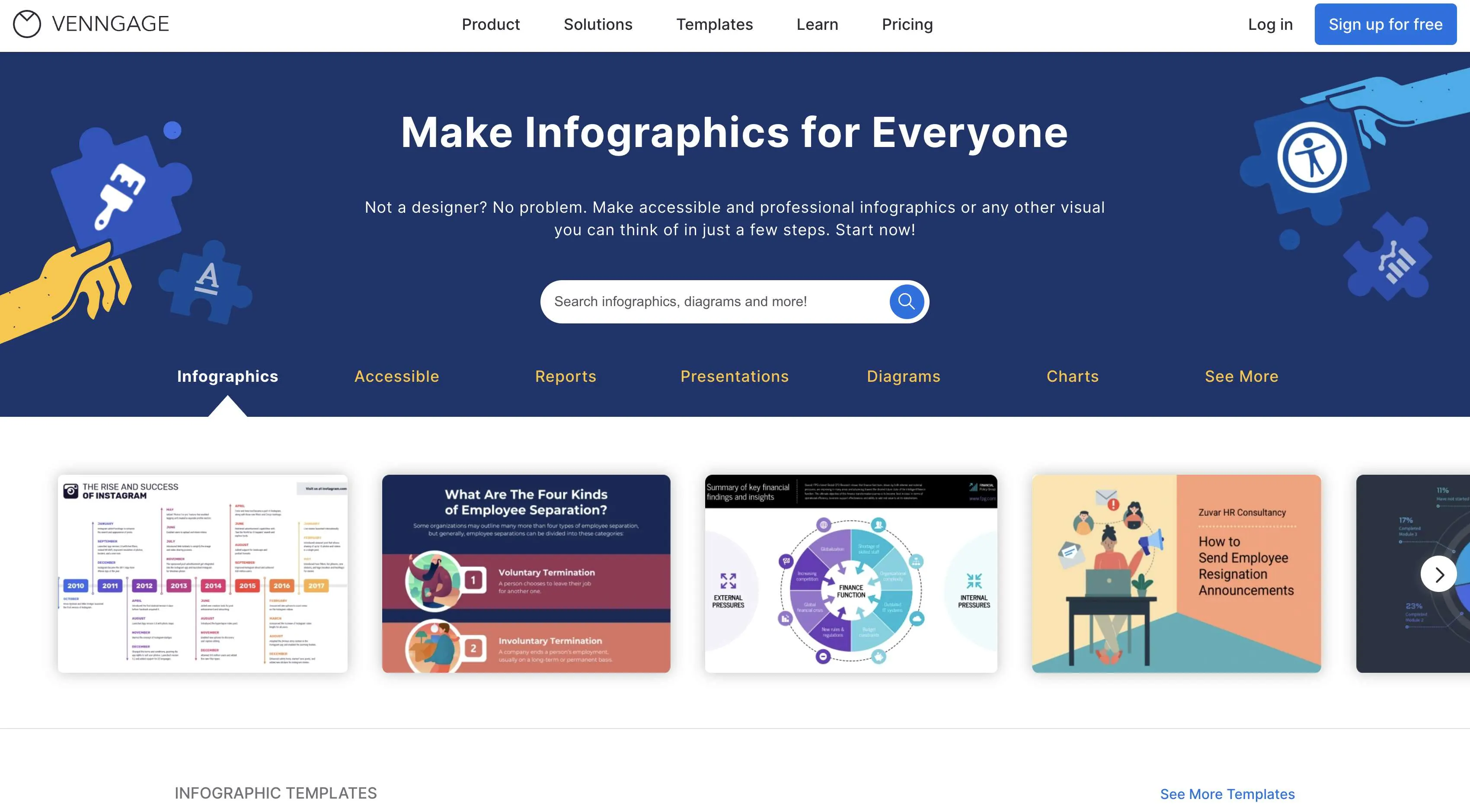Web Design Best Practices for Boosting Conversion Rates and Engagement
Web Design Best Practices for Boosting Conversion Rates and Engagement
Blog Article
Recognizing Customer Experience: Secret Principles for Successful Website Design
In the world of website design, understanding customer experience (UX) is vital to producing systems that not only attract however likewise keep users. Key principles such as intuitive navigating and efficient comments devices play critical roles in cultivating individual satisfaction. Furthermore, factors to consider for availability make certain that all individuals can engage with the web content perfectly. The subtleties of visual design and the importance of iterative screening frequently stay overlooked. As we check out these fundamental aspects, it ends up being obvious that mastering UX is not just a choice however a requirement for success. What are the effects of ignoring these principles?
Significance of Individual Experience

In the world of internet design, one can not underestimate the significance of customer experience (UX) as a critical element that straight influences the success of a web site. When customers come across a instinctive and appealing user interface, they are much more most likely to discover the content, convert into clients, or share their experiences with others.
Additionally, the importance of UX extends beyond simple aesthetics. It encompasses the total performance of an internet site, ensuring that navigation is seamless and info is conveniently obtainable. Sites that prioritize UX are often perceived as more credible and reliable, which can have a profound effect on conversion rates. On the other hand, bad UX can cause frustration, resulting in high bounce rates and lost chances.
Ultimately, purchasing individual experience is not just a design choice; it is a calculated decision that can distinguish a brand name in a congested marketplace. By concentrating on UX, businesses can create meaningful communications that reverberate with customers, leading the means for continual success in the digital landscape.
Use Principles
Efficient website design rests on the application of crucial use concepts that guarantee a website is both useful and user-friendly. Central to these principles is the idea of intuition, where customers can browse the website easily without extensive direction. Clear navigating frameworks, consisting of consistent designs and well-labeled menus, enhance this user-friendly experience, enabling individuals to find info quickly.

Consistency is similarly vital; preserving harmony in style elements, terminology, and treatments across the website assists to minimize confusion. Users ought to not need to relearn just how to connect with various areas of the website.
Additionally, mistake avoidance and recovery are necessary for use. Sites ought to be developed to lessen the opportunity of customer mistakes, and when blunders take place, constructive and clear error messages ought to assist individuals towards resolution.
Ease Of Access Considerations
Guaranteeing accessibility in website design is paramount for creating inclusive digital experiences that deal with all customers, consisting of those with specials needs. Ease of access factors to consider entail developing sites that accommodate varied needs, allowing individuals with aesthetic, auditory, cognitive, or electric motor impairments to navigate and connect properly.
To achieve this, internet designers should stick to developed guidelines, such as the Internet Web Content Availability Standards (WCAG) These guidelines give a framework for making material perceivable, operable, understandable, and robust. Secret techniques useful link include making certain enough color contrast, giving text options for non-text web content, and ensuring keyboard navigability.
Furthermore, semantic HTML must be made use of to enhance screen visitor compatibility, permitting users with aesthetic impairments to comprehend the structure and definition of content with ease. web design. Giving clear, succinct guidelines and making use of uncomplicated language can further enhance usability for people with cognitive specials needs
Routine access screening, including genuine individuals with impairments, is vital to determine barriers and boost the individual experience. By focusing on access, web designers not just abide with legal requirements but likewise foster an even more fair digital landscape, inevitably benefiting everyone via improved use and engagement.
Aesthetic Layout Elements
A myriad of aesthetic layout components plays a critical function fit customer perceptions and experiences on an internet site. These components consist of color pattern, typography, images, whitespace, and design, each adding to the total visual appeal and performance of a website.

Color design stimulate emotions and can affect individual actions; for circumstances, warm colors might Click This Link produce a feeling of necessity, while amazing colors often advertise peace. Typography, on the other hand, influences readability and can develop a brand's individuality - web design. The choice of font style and dimension must straighten with the web site's purposes and target audience
Images, including icons and photos, boosts storytelling and can significantly affect customer engagement. High-grade visuals develop a feeling of expertise, while poor-quality images may take away from the individual experience.
Format and whitespace are just as vital, as they guide individuals with the web content. A well-structured format aids customers locate information rapidly, while appropriate whitespace protects against mess, facilitating a much more delightful surfing experience.

Checking and Iteration
User screening and model are fundamental elements of a successful internet style procedure. Customer testing involves observing just how actual individuals connect with a website, identifying functionality problems, and recognizing customer habits.
Iteration, on the other hand, is the procedure of improving the layout based upon the insights acquired from customer screening. By making incremental adjustments and re-evaluating the style, teams can enhance functionality, boost aesthetics, and enhance user involvement. This cyclical approach promotes a society of continual enhancement, enabling developers to adapt to customer requirements and arising trends successfully.
Additionally, integrating both user testing and model right into the design procedure results in more educated decision-making and ultimately results in an extra site web user-centered product. By welcoming these concepts, internet developers can produce much more user-friendly, interesting, and efficient experiences that resonate with their target audience, inevitably driving higher individual fulfillment and retention.
Conclusion
To conclude, user experience is an essential element of efficient internet design, encompassing functionality, access, and visual factors to consider. Following well established concepts boosts individual fulfillment and involvement, promoting an extra comprehensive online setting. Continual testing and model work as essential processes for recognizing and addressing customer pain factors, making sure that web styles continue to be adaptable to advancing demands. By focusing on these elements, web developers can produce interfaces that not only meet customer expectations yet likewise advertise enduring links.
In the realm of web style, understanding user experience (UX) is vital to developing systems that not only attract but additionally preserve customers.In the world of web design, one can not underestimate the significance of customer experience (UX) as an essential element that directly affects the success of an internet site. Customer screening involves observing just how genuine customers connect with a web site, determining usability problems, and understanding customer behavior.In verdict, user experience is a vital component of effective internet design, including use, ease of access, and visual factors to consider. Constant screening and iteration offer as vital procedures for resolving and identifying customer discomfort points, making certain that internet layouts remain adaptable to progressing demands.
Report this page